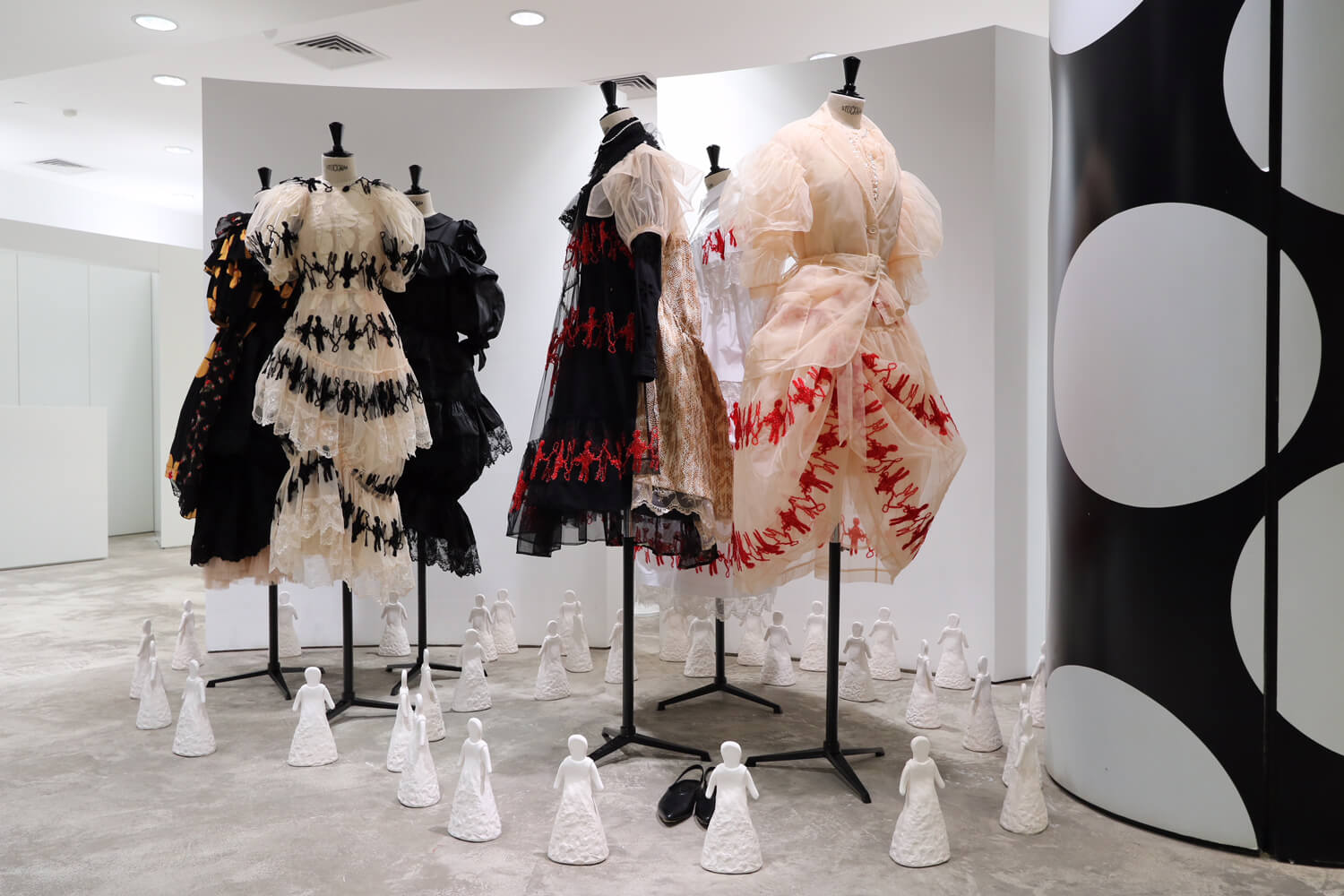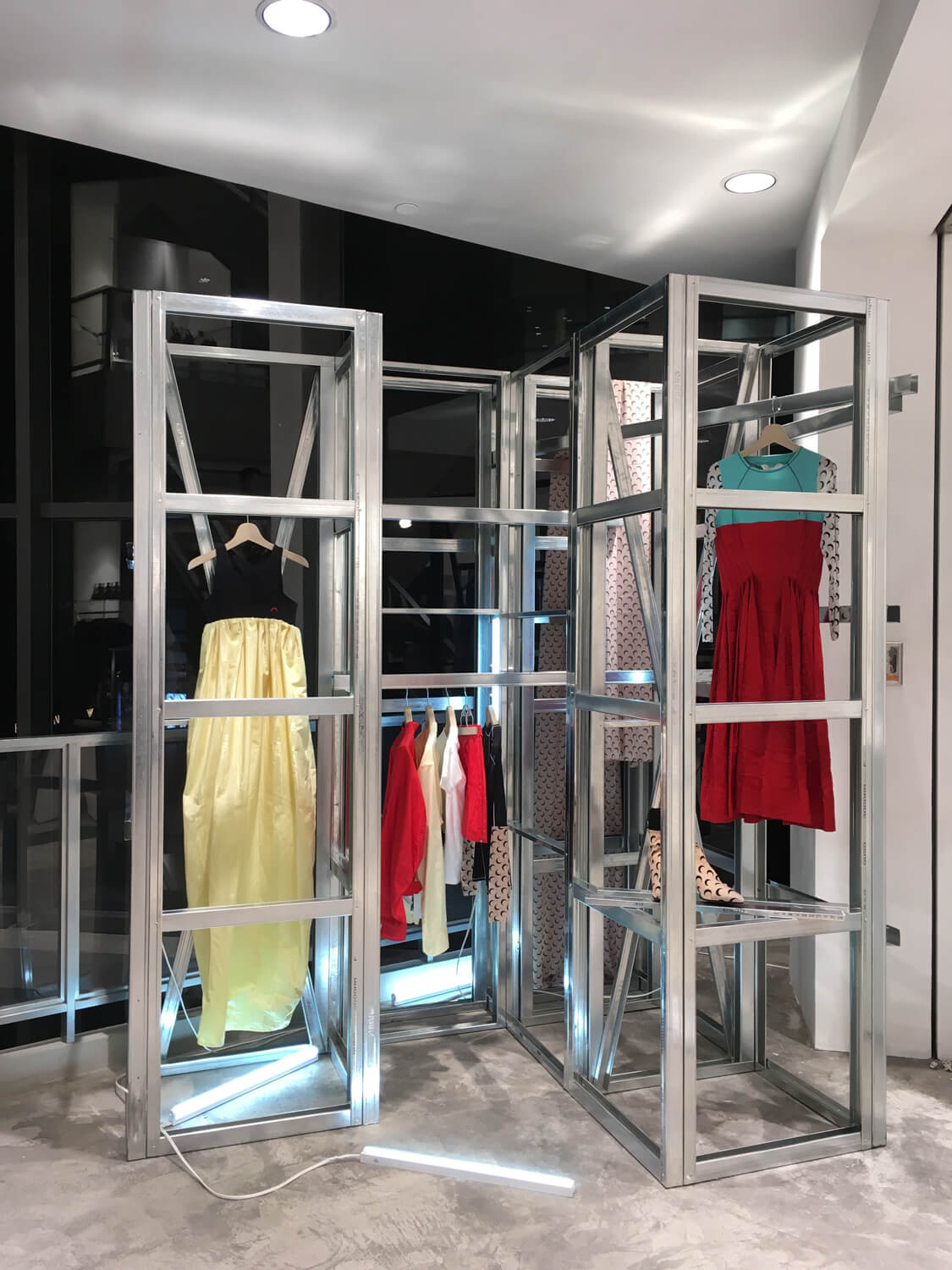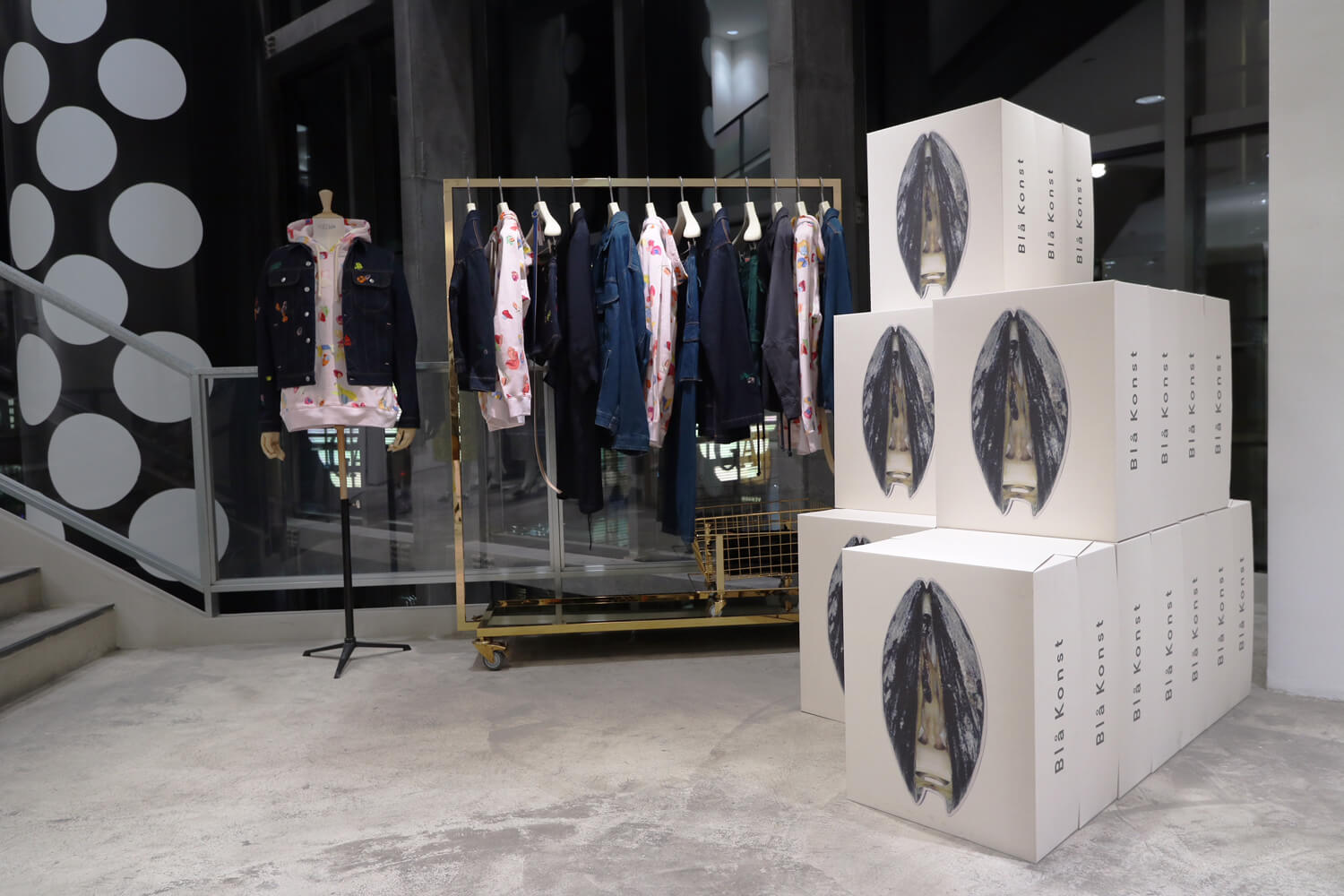Concept Stores that Change with the Seasons
At Dover Street Market, designers are free to use the space and present their collections as they wish, for a limited time.

© COMME des GARÇONS
When Rei Kawakubo launched the brand COMME des GARÇONS back in 1969, she never imagined that she would one day be at the helm of a fashion empire. From the very start, the brand’s style was intended to be avant-garde, with asymmetric and deconstructed garments.
An idea devised by Rei Kawakubo
Since 2004, Rei Kawakubo, born in 1942, has also been in charge of Dover Street Market (DSM), concept stores created and fitted out by her and her husband, in which both fashion houses and young designers can display their collections. The layout changes every semester, signalling the change in the seasons; this innovation offers visitors and customers a new experience.
The duo opened their first boutique in London, before following this with shops in Tokyo, Shanghai, New York, and Singapore. With two shops having opened in Beijing and Los Angeles in 2018, the empire is growing. Celebrating its 50th anniversary in 2019, COMME des GARÇONS continues to be at the vanguard of the latest trends. Since then, the brand announced the creation of a new line based around a three-letter logo. Simple, basic, effective.
More information on Dover Street Market can be found on the concept stores’ website.

© COMME des GARÇONS

© COMME des GARÇONS

© COMME des GARÇONS

© COMME des GARÇONS
TRENDING
-
The Tattoos that Marked the Criminals of the Edo Period
Traditional tattoos were strong signifiers; murderers had head tattoos, while theft might result in an arm tattoo.

-
Paris, Tokyo: Robert Compagnon
With his co-chef and talented wife, Jessica Yang, Robert Compagnon opened one of the top new restaurants in Paris: Le Rigmarole.
 3:31
3:31 -
Chiharu Shiota, Red Threads of the Soul
Last year, more than 660,000 people visited the retrospective 'Chiharu Shiota: The Soul Trembles' exhibit at the Mori Art Museum.

-
‘Before Doubting Others, Doubt Yourself. Who Can Truly Say a Dish Isn’t What It Used to Be?’
In ‘A Non-Conformist’s Guide to Surviving Society’, author Satoshi Ogawa shares his strategies for navigating everyday life.

-
The Story of Sada Yacco, the Geisha who Bewitched Europe
Described by Dazed magazine as the first beauty influencer, she has been restored to her former glory since 2019.





